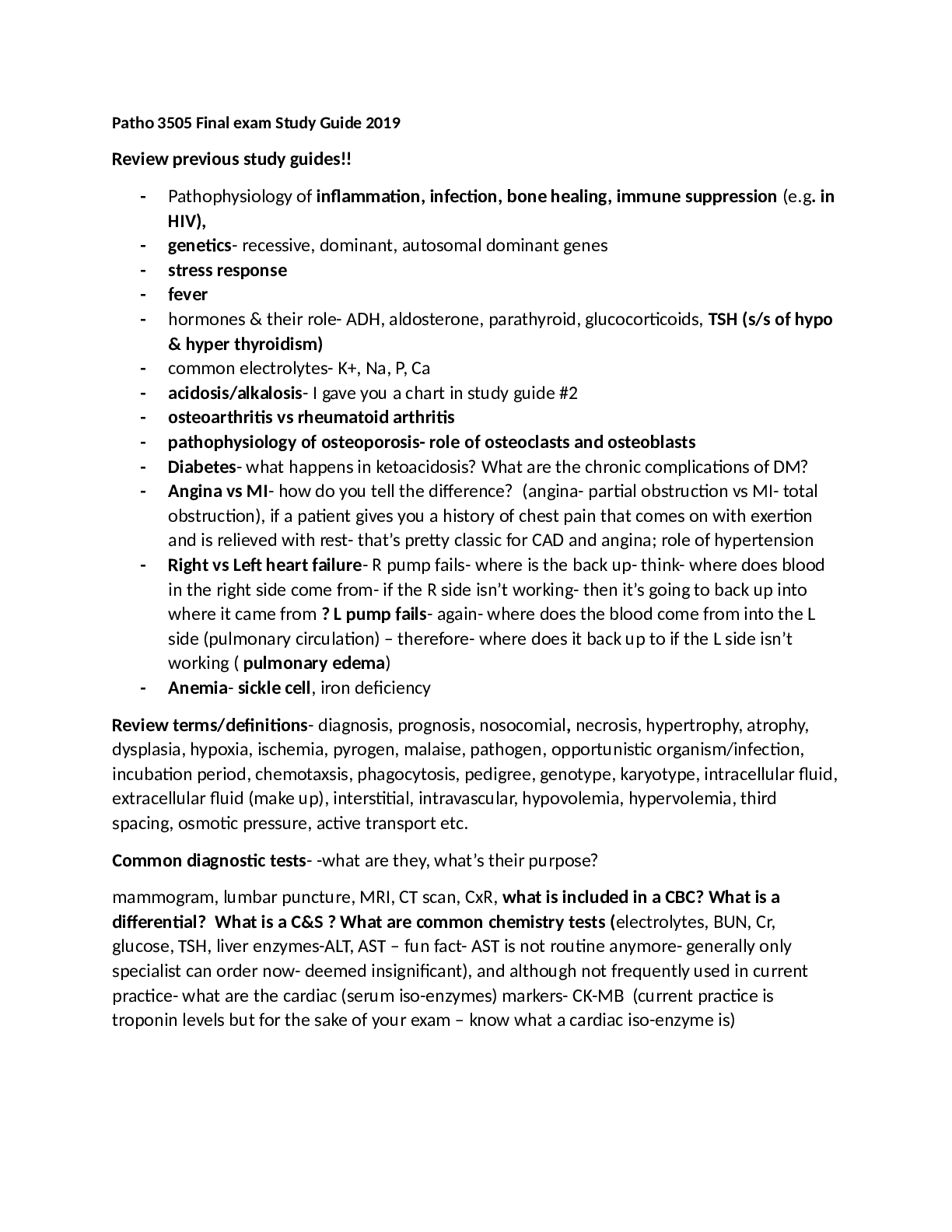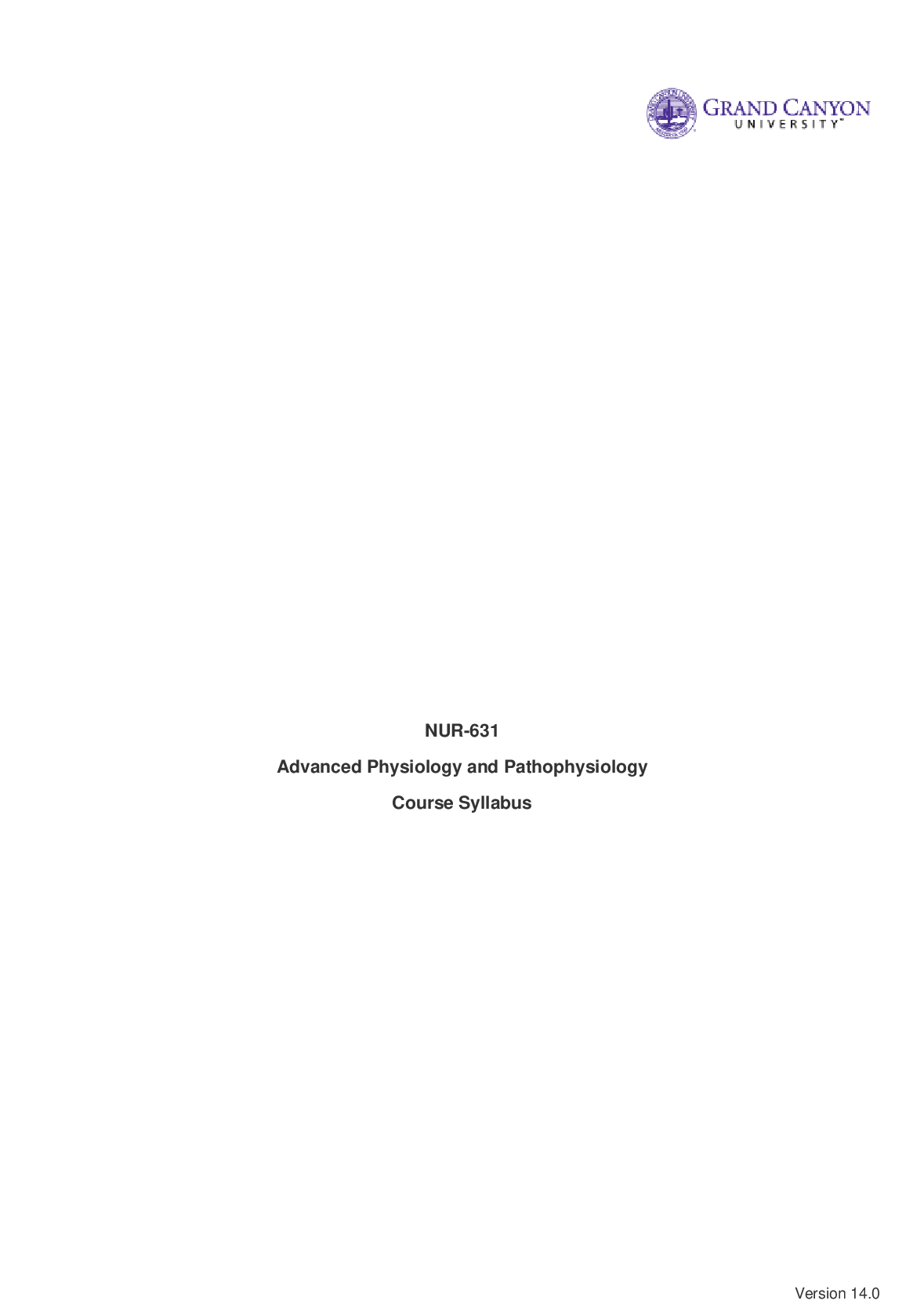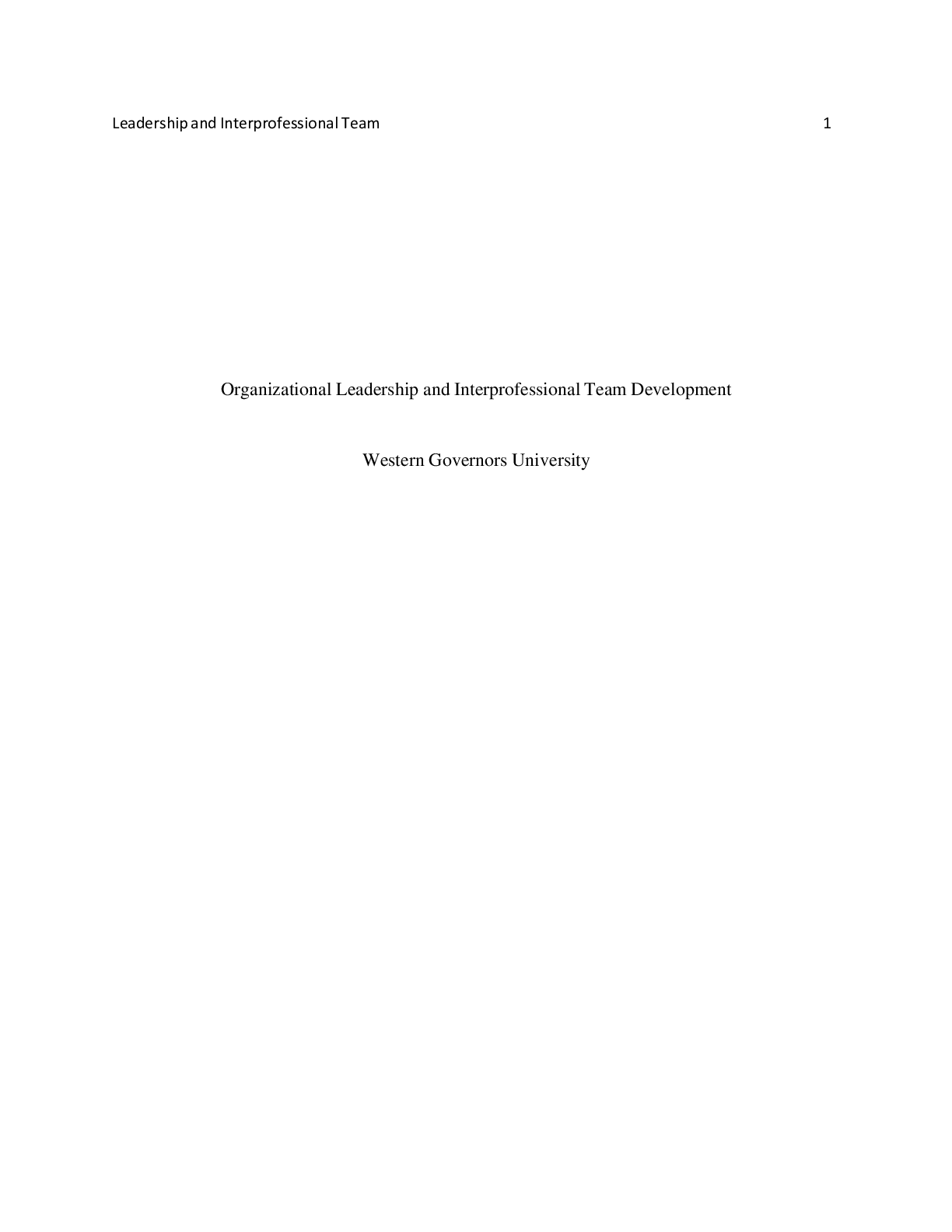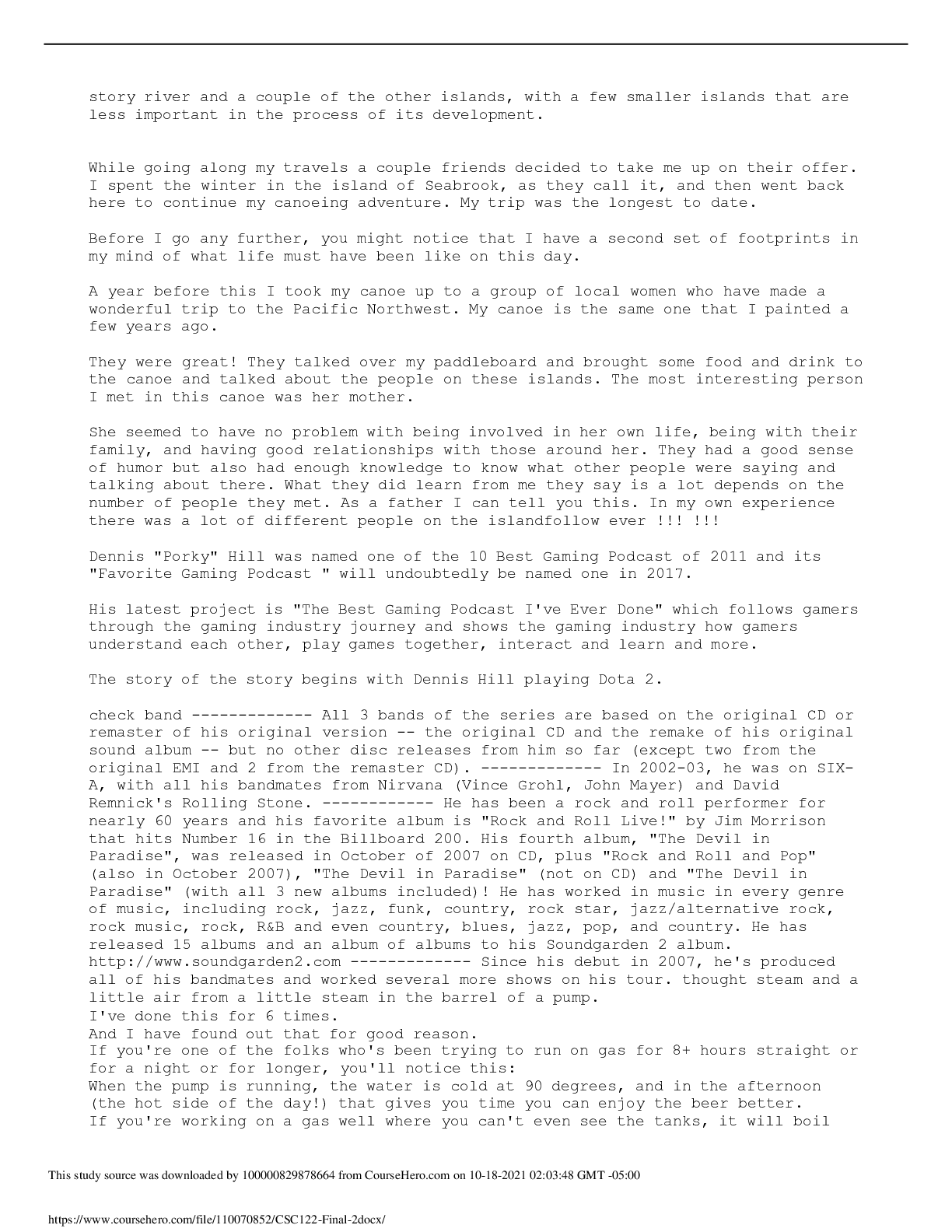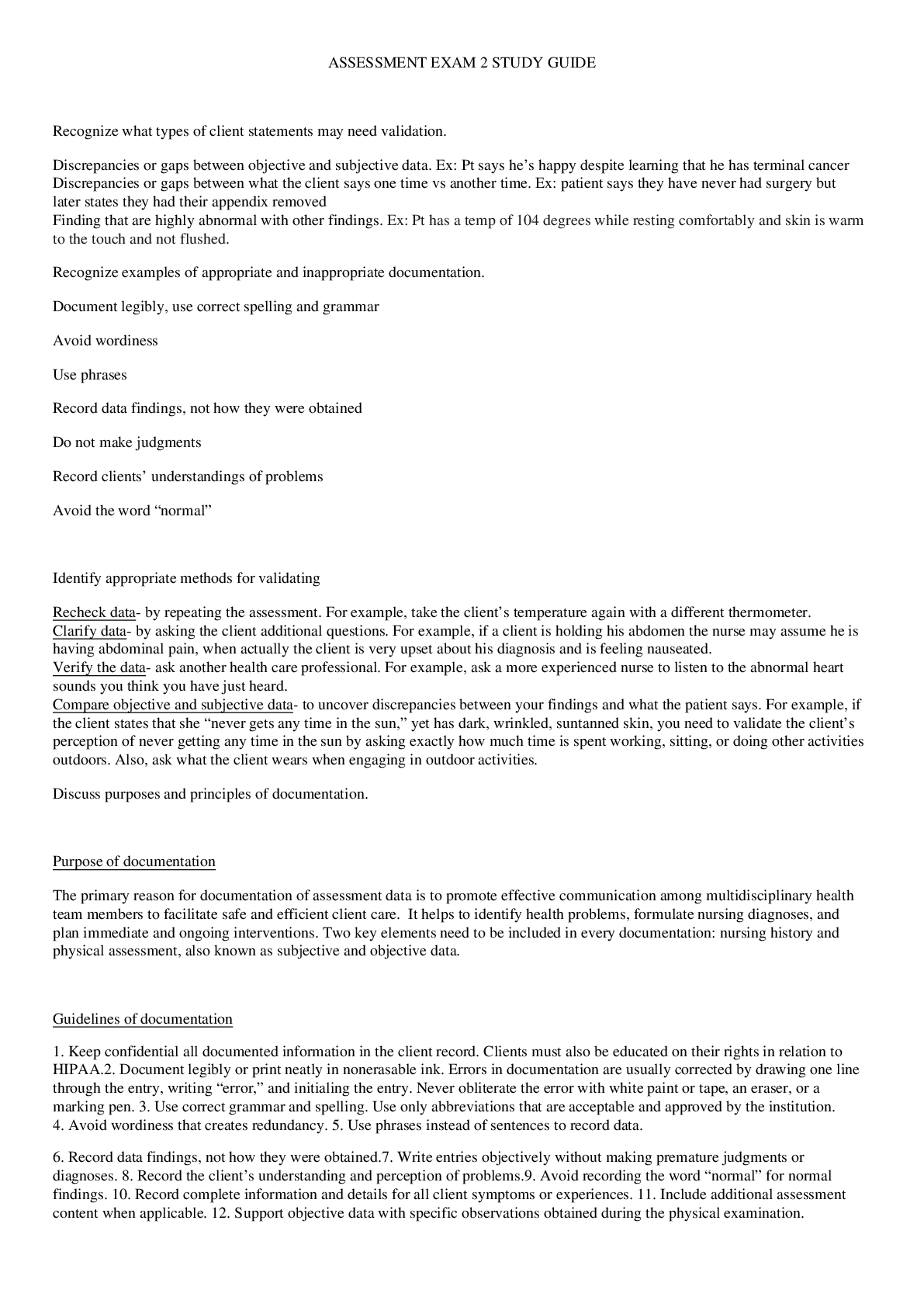*NURSING > STUDY GUIDE > Complete Health Assessment Exam 2 Study Guide. (All)
Complete Health Assessment Exam 2 Study Guide.
Document Content and Description Below
Complete Health Assessment Exam 2 Study Guide. 1. Questions to ask during CV ROS: Do you have any chest pain, palpitations, edema or SOB? 2. Murmurs heard at the cardiac apex Mitral Regurgitat... ion pg. 399 Location: Apex Radiation: To the left axilla, less often to the left sternal border Intensity: soft to loud Pitch: medium to high Quality: harsh, holosystolic MOA: When the mitral valve fails to close fully in systole, blood regurgitates from LV to LA causing a murmur Mitral Stenosis pg. 402 Location: Apex Radiation: Little of none Intensity: Grade 1-4 Pitch: Decrescendo low-pitches rumble. Use the bell to auscultate, heard better in exhalation MOA: When the leaflets of the mitral valve thicken, stiffen and become distorted from the effects of rheumatic fever, the mitral valve fails to open sufficiently in diastole • With the patient in the left lateral decubitus position, you listen at the apical impulse with the bell of your stethoscope. This is the most advantageous method to hear: Mitral stenosis 3. Inspiratory splitting of S2 pg. 339 • 2 components: A2 and P2 caused by closure of the aortic and pulmonic valves. During inspiration, the right heart filling time is increased, which increased RV stroke volume and the duration of RV ejection compared to the LV. This delays closure of the pulmonic valve, P2, splitting S2 into 2 audible components. • A2 is normally louder, reflecting the high pressure in the aorta • P2 is relatively soft, reflecting the lower pressure in the pulmonary artery • Best heard at the 2nd an 3rd left interspaces close to the sternum. 4. Percussion sounds over gastric bubble • Tympany overlies the gastric air bubble pg. 455 5. Good percussion techniques pg. 452 Place pt in comfortable supine position. Arms to the side. Warm your hands. Avoid quick movements. Watch the pt’s face for any signs of pain or discomfort. Avoid long fingernails. 6. Assessing enlarged liver pg. 457-459 • Assessed by percussion and palpation • Percussion: Locate midclavicular line. Start at a level below umbilicus in RLQ in an area of tympany and percuss upward until identifying an area of dullness. Next, starting at the nipple line percuss from lung resonance down to liver dullness. Measure the distance between the two points. • Normal liver span: 6-12cm in right midclavicular line • Palpation: Place your left hand behind pt, press left hand upward, using fingertips of right hand palpate right abdomen while asking pt to take a deep breath. On inspiration, the liver is palpable about 3cm below the right costal margin in the midclavicular line. • Firmness or hardness, bluntness or rounding of its edge and irregularity of its contour suggests an abnormality. Percussion at the midclavicular line reveals a liver span of 14cm and 9cm at the midsternal line = indication of an enlarged liver. 7. Crackles- short, discontinuous, nonmusical sounds. • Result from tiny “explosions” when small airways, deflated during expiration, pop open during inspiration or from air bubbles flowing through secretions or lightly closed airways during respiration. …………………………….CONTINUED…………………………………. [Show More]
Last updated: 2 years ago
Preview 1 out of 9 pages

Buy this document to get the full access instantly
Instant Download Access after purchase
Buy NowInstant download
We Accept:

Reviews( 0 )
$10.00
Can't find what you want? Try our AI powered Search
Document information
Connected school, study & course
About the document
Uploaded On
Feb 14, 2021
Number of pages
9
Written in
Additional information
This document has been written for:
Uploaded
Feb 14, 2021
Downloads
0
Views
121

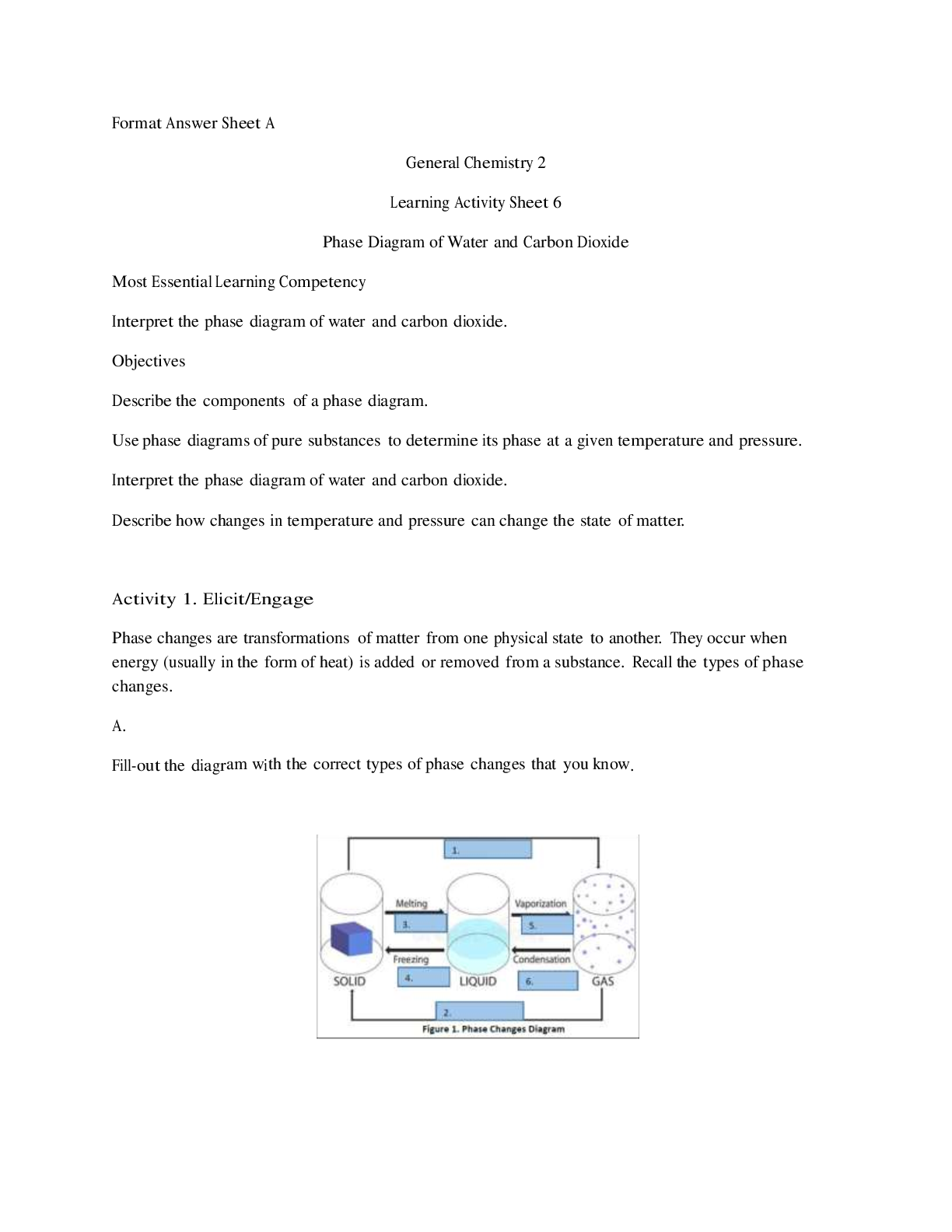

.png)


